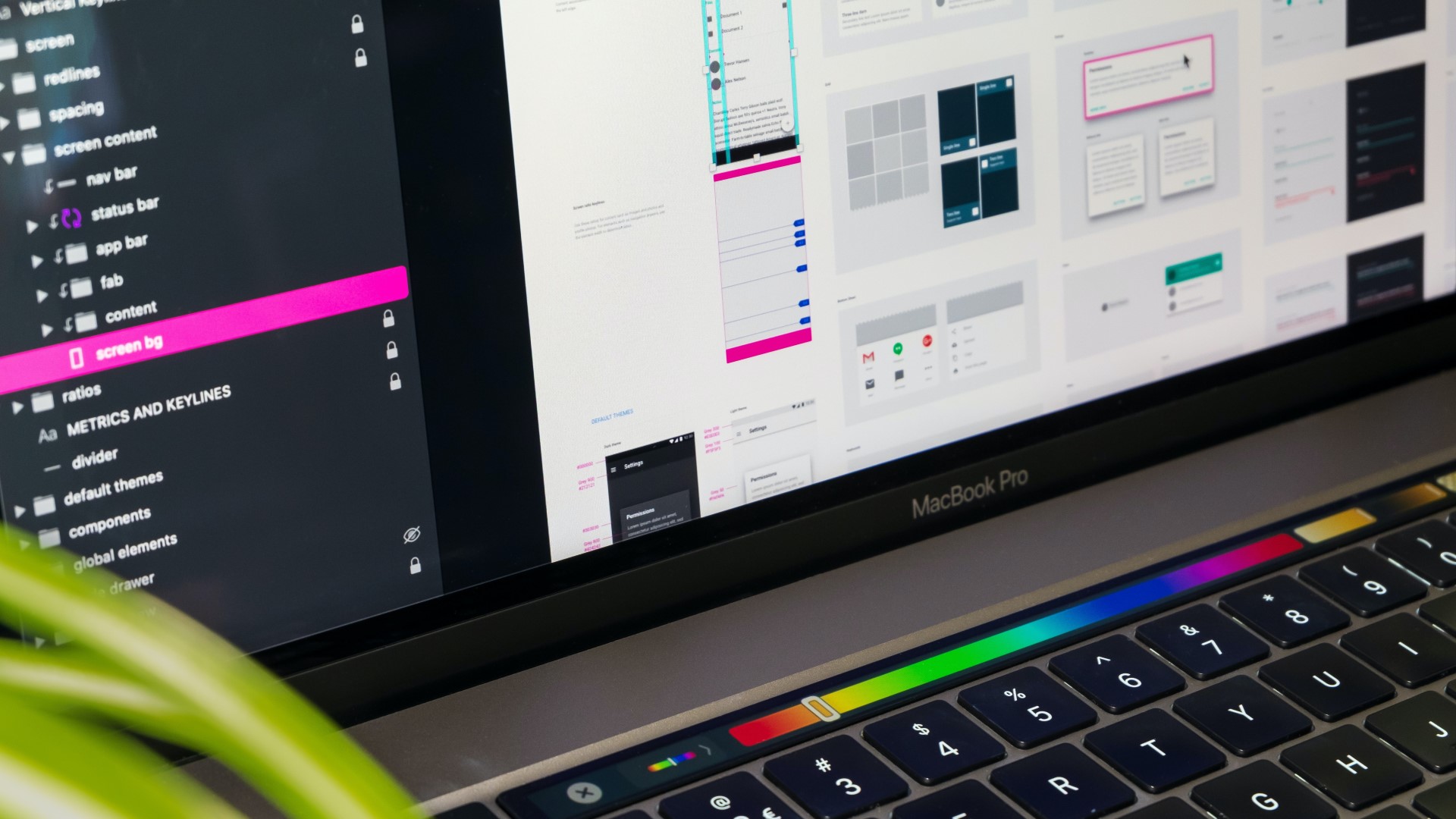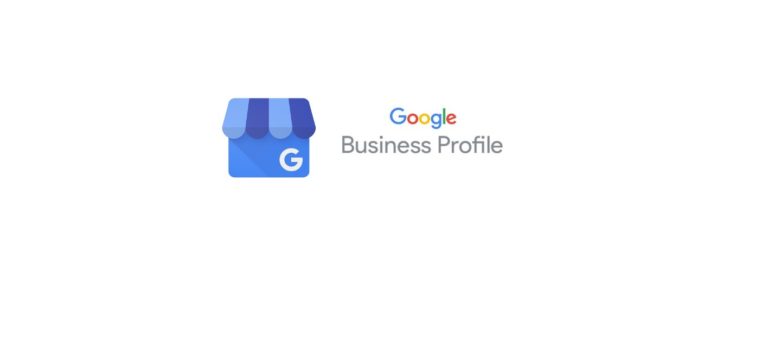What to Put in Your Website Footer
A common question in web design is what to put in your website footer – and do you even really need one? If you’re wondering what exactly is the point of a website footer, then read on to find out why they’re useful and what you should consider including in yours.
What is a website footer?
A website footer is simply the bottom section of a web page. The footer appears on every page and contains useful information that is relevant to the entire site, not just the content of the page you’re currently reading. This could be contact information, links to legal pages such as the privacy policy and terms of use, extra navigation, social media links, copyright statement etc.
What is the purpose of website footers?
I’ve heard the website footer described as being like the index of a book or even like your website’s junk drawer. Basically, it’s where you go to find something specific you’re looking for.
If you’re thinking that no one will ever read your footer, then think again: various studies, including this one by Nielsen Norman have found that people who scroll down a webpage will actually pay more attention once they get to the bottom. The indication is that we’ve all become so conditioned to the presence and usefulness of a website footer, that we actually look to it for useful information.
Clearly footers can improve the user experience of your website – but they’re also useful in design, giving the pages a cohesive consistency that can really pull your website together and make it look more complete and polished.

Do I need a footer on my website?
There’s no technical or legal obligation to include a footer on your website – however they do provide a useful place to put things which you are legally obliged to have, such as links to legal documents.
Footers contribute to the user experience by making it easy to find key links and information, and to contact the website owner. Most website users are so conditioned to seeing a footer on a webpage that it might lead to confusion if you don’t have one – and you know what confused users do? They quickly click away onto someone else’s website.
What should I put in my website footer?
While there are lots of tried and trusted elements to put in a website footer, there’s no rules to follow and ultimately it comes down to YOUR website and YOUR audience.
Here are the most common items you’ll see in website footers, and why each one has an important role to play.
1. Legal Information
In order to comply with laws wherever your business is based, you should link to your website’s privacy policy and cookie policy. This makes it easy for users to access these from any page on the site.
Legal documents can also protect you from any potential legal issues – e.g. having a terms of use document means that your users can make themselves aware of your website’s policies before they agree to use it, and having a disclaimer document can limit your liability in the case of any errors on the website.
And lastly, the footer is the perfect place to put a copyright statement, which can help protect your work in case of anyone stealing your content.
You might also like:
2. Contact Information
Your contact details will be one of the most viewed and searched for items in your footer, so it’s highly recommended to include them here. Make them clear and easy to find so your users can get to them quickly, and preferably include multiple ways to contact you.
If you’re including either your phone number or email address, ensure these are formatted as clickable links to save people time.
3. Social Media Links
Adding social media links to your footer is a great way to promote your social channels and improve the online visibility of your brand. It can also be a better place for them than in the website header, because you want people to scroll down your page first, before they click away to a channel off of your website.
The best visual way to present your links is to use social media icons. These will instantly be visible to your users in a familiar way, and allow them to see immediately which social platforms they can find you on.
I always recommend people to use recognisable icons but display them in your own brand colours. Adding hover effects so that the colour changes when the user hovers over the icon is another way to make them stand out and let people know they’re clickable.

4. Navigation Menu
Adding navigation to the footer should complement the navigation in your website header. It’s the ideal place for essential but functional links such as your legal policies, and it can be the perfect place for links to your highest-traffic pages as well as your brand/trust pages such as About, FAQs etc.
Make sure your links are clear, well-spaced and easy to click. I’ve seen plenty of footers where the text and links are so tiny that they’re really hard to tap on a phone screen. Your users won’t thank you for that!
Additionally, it’s always best to group similar links together to make it easy for people for find what they need.
5. Logo or Brand Mark
The footer is the ideal place to reinforce your brand when users get to the bottom of your content. You can choose to use a smaller sized logo, or if you have an alternative version of your logo or a standalone brand mark you can use that here.
Make the logo link back to your homepage (that’s expected behaviour for website logos) so it is functional as well as visual. You could also add your tagline / mission statement / unique value proposition here.
6. Certifications, Accreditations or Partnerships
This can be a great trust signal for your users. Inform them (or remind them) about the depth of your skills and expertise with some logos or badges of any relevant affiliations, professional accreditations, awards, certificates etc.
Keep them reasonably small so they don’t visually take over, and group them together in a clean and simple way. Depending on your industry, this is a minor addition that can have a major impact on whether someone decides to do business with you or not.
7. Search Box
You might already have a search box in your website header, but if you don’t want to clutter up a clean design, putting a search box in the footer is a simple solution.
Try to keep it visually subtle – using brand colours is preferable to a large white box in my opinion – but it adds useful functionality in an unobtrusive spot that your users may appreciate.

8. Call To Action
I’ve added this last because a good call to action should ideally have its own section instead of being housed inside the footer itself – but many websites include a call to action as a sitewide pre-footer area. And it can be very effective: it appears on every page, just like the footer, and is a final opportunity to capture attention and leads.
How To Design Your Website Footer
You probably won’t want or need ALL of the footer elements above. Consider the needs of your audience and choose the ones which best suit your business and users. There’s no point crowding this area of prime website real estate with unnecessary items.
Here are a few pointers for designing your website footer:
Make Sure Your Footer is Fully Responsive
Just like the rest of your website, your footer should be fully optimised across devices and screen sizes, in order to provide the best experience for all your users.
Double-check ALL the links are working before you go live!
You’re Ready To Create Your Website Footer!
Now you know your website footer is the icing to your website’s cake: it’s the little extra that can make a real difference. A strong footer will guide your visitors around your site whenever they need a bit of help – and it can add a bit of visual flair at the same time.
Give your footer an overhaul and your brand and visitors will both thank you for it!
Looking for help with your website?
I’m a WordPress developer who loves helping small businesses grow their online presence with great looking websites.
Want a new website or to overhaul an existing site? Got a broken WordPress site that’s driving you crazy?
Just let me know what you need and I’ll be happy to help!







